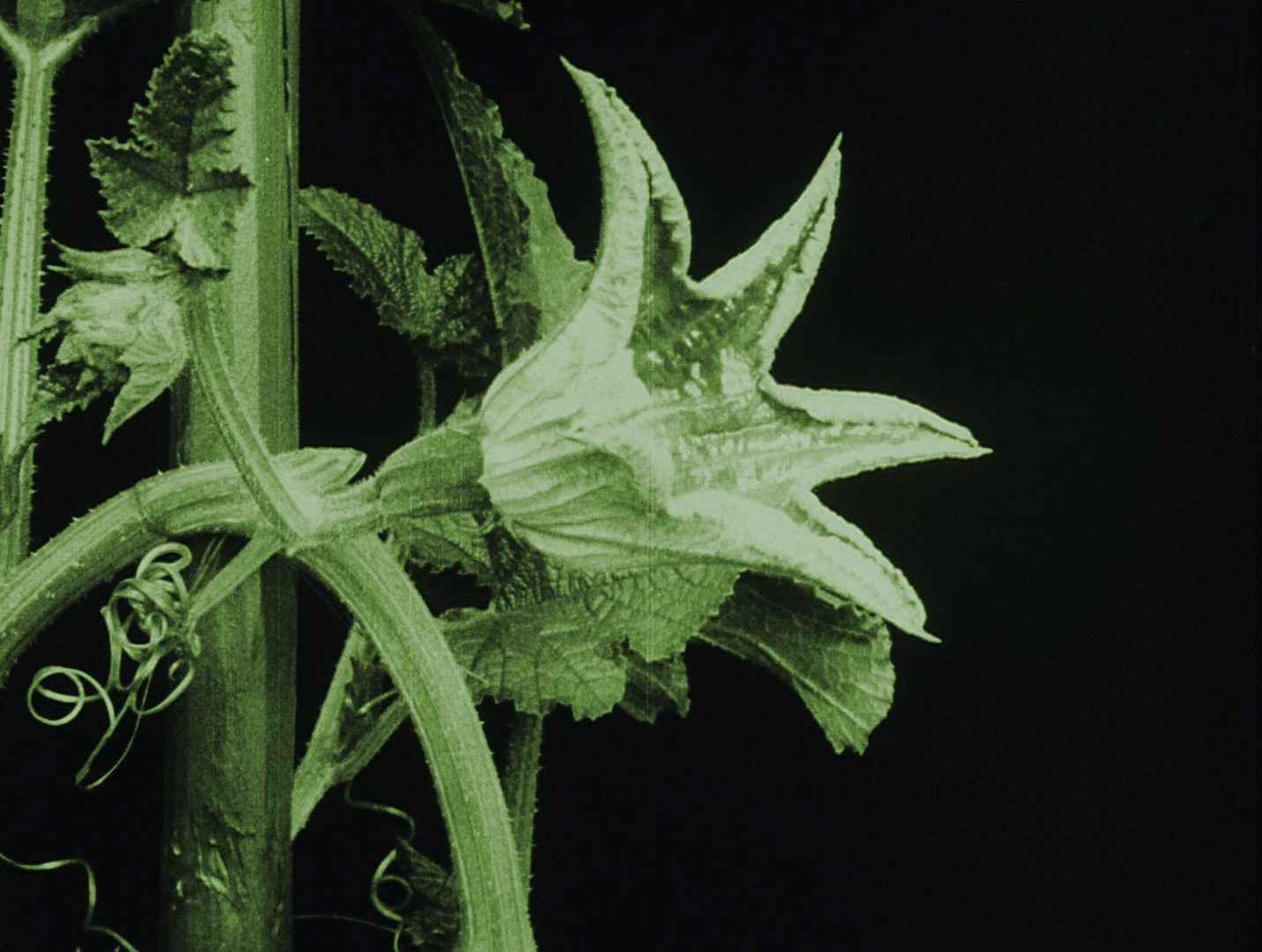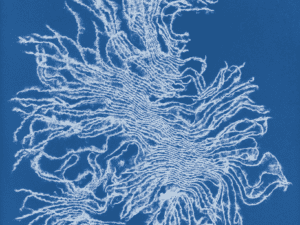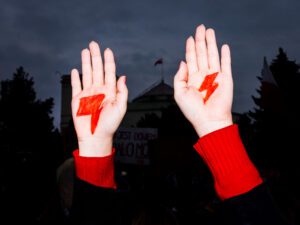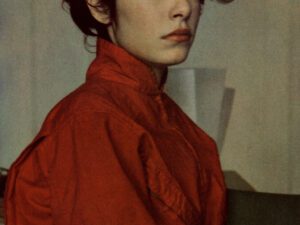What if plants were more intelligent than we have ever imagined? What if they could think, communicate or even dream? These speculative questions form the basis of Science/Fiction – A Non-History of Plants, the current exhibition at FOTO ARSENAL WIEN. Through a combination of photography, artificial intelligence and poetic enquiry, it invites us to see the vegetal world not as silent backdrop but as protagonist – active, observing and perhaps sentient. The exhibition opens with an image that perfectly encapsulates its spirit: a gleaming bronze-hued foxglove suspended in a dark green space. The photograph, by Dutch artist Elspeth Diederix, comes from her series The Miracle Garden. At once hyperreal and dreamlike, the work transforms a simple flower into a creature of another realm – part botanical specimen, part cosmic entity. It stands as a symbol of what the exhibition promises: a journey into the intersection between nature and fiction.
The setting for this exploration is as significant as the works it houses. FOTO ARSENAL WIEN, inaugurated in March 2025 by the City of Vienna, is Austria’s new centre for photography and lens-based media. Its architecture – light-filled and rigorously modern – embodies the institution’s mission to explore the image as both aesthetic object and social interface. The space functions not merely as a museum but as a laboratory for ideas, a forum where the boundaries of photography are constantly being tested and expanded. This is a place where analogue processes coexist with algorithms, where the act of seeing is reimagined in the age of data. Alongside its own exhibitions, FOTO ARSENAL WIEN organises FOTO WIEN, the country’s largest biennial photography festival, and collaborates with Kunsthalle Wien on the Vienna Digital Cultures Festival, an annual event dedicated to contemporary image technologies. Together these initiatives situate the institution at the centre of Vienna’s evolving cultural landscape, affirming its role as both archive and incubator of visual thought.
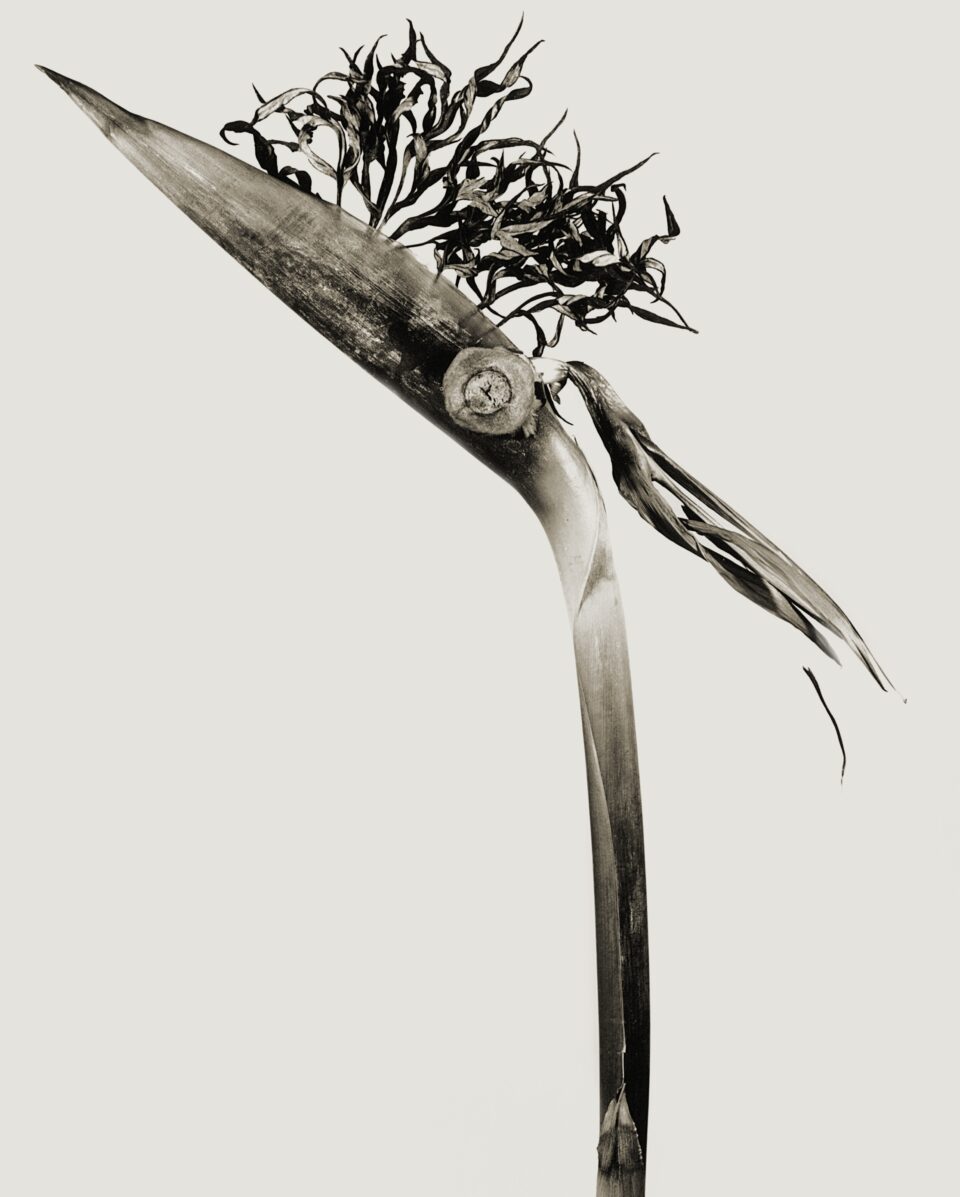
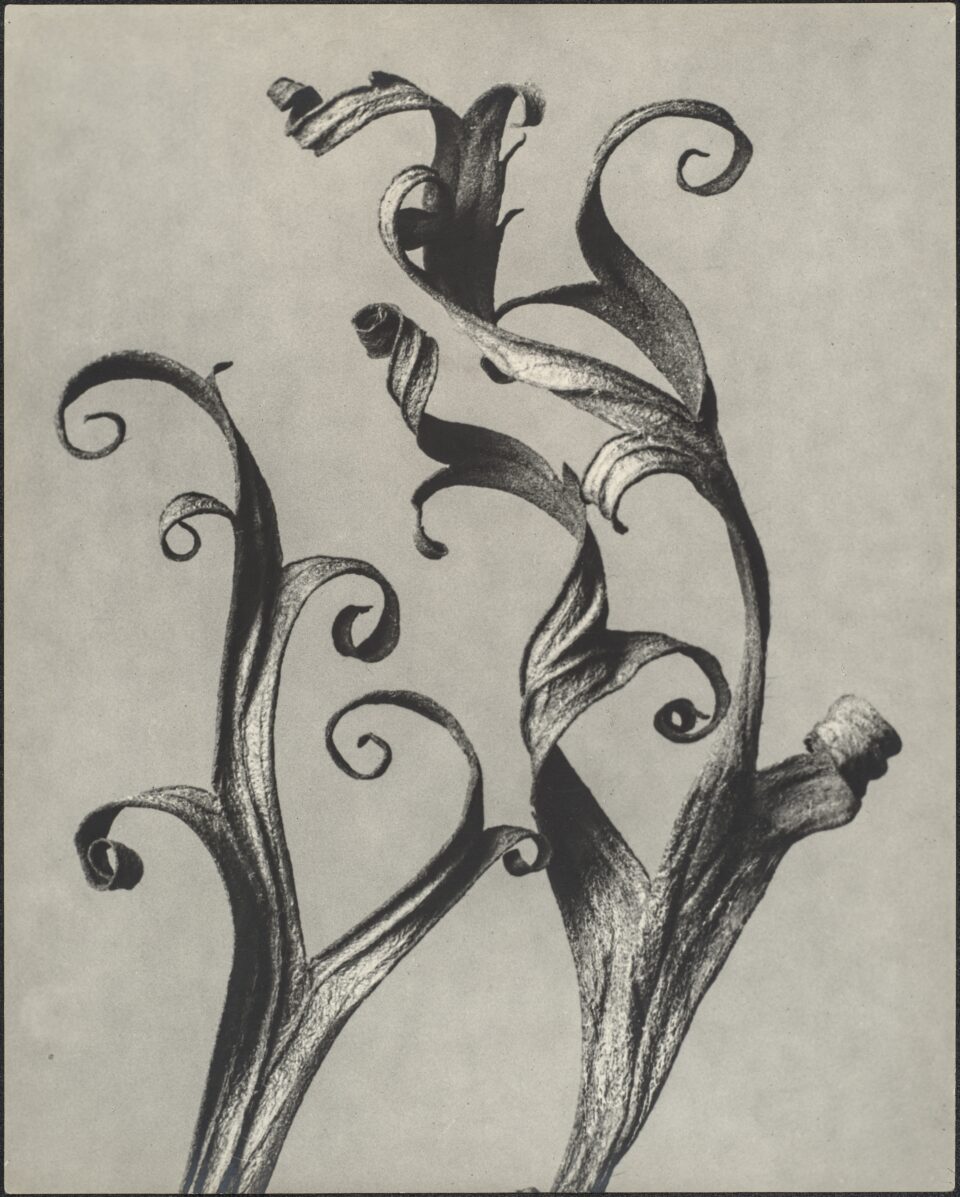
Science/Fiction – A Non-History of Plants forms part of this broader vision, aligning perfectly with FOTO WIEN’s 2025 theme “Dynamic Futures,” which examines speculative narratives shaped by science, technology and art. The exhibition opens in conjunction with the festival and acts as its main program event – a conceptual anchor for the festival’s many satellite shows scattered throughout the city. Here, the speculative is not a mode of escape but a form of research, a way of rethinking how we understand the natural world and our relationship to it.
Curated by Victoria Aresheva and Clothilde Morel for the Maison Européenne de la Photographie in Paris together with Mona Schubert for FOTO ARSENAL WIEN, the exhibition brings together over 40 international artists. It traverses two centuries of photographic history, from early botanical studies to AI-generated imagery, weaving a narrative that is less a chronology than a constellation. The title “A Non-History” is telling: rather than tracing a linear development of plant photography, the exhibition proposes an alternative genealogy – one that resists human-centred hierarchies and invites us to imagine plants as collaborators in image-making. Across six sections, the viewer encounters plants not as mute subjects of observation but as witnesses, companions and even political actors.
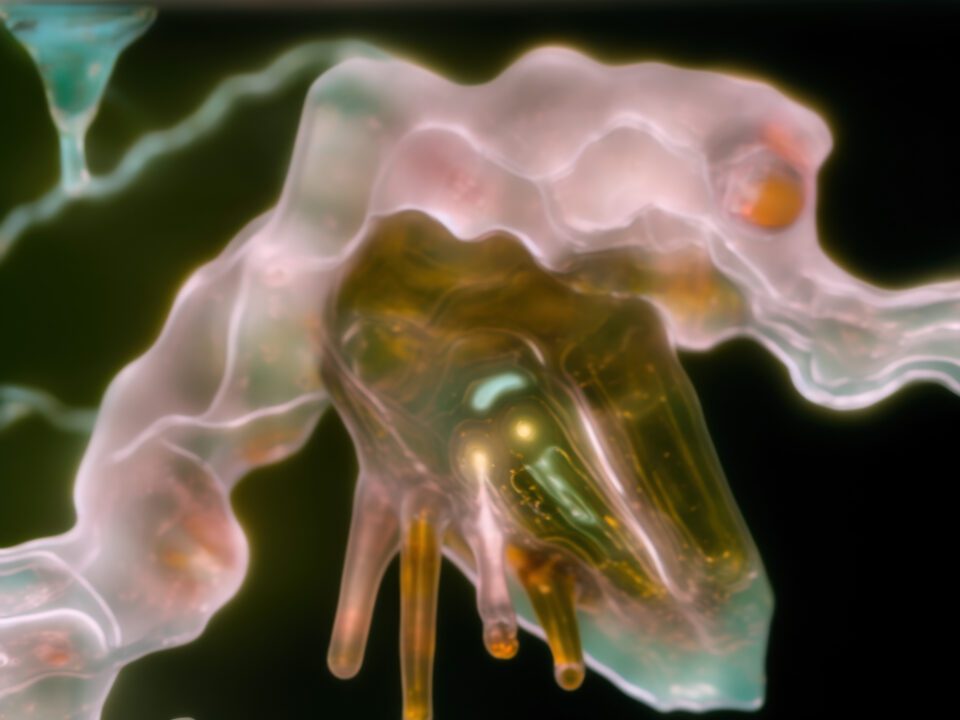
The exhibition opens with the spectral cyanotypes of Anna Atkins, whose 19th-century botanical prints are among the earliest photographic works ever made. Her delicate blue imprints, created by placing algae and seaweed directly onto light-sensitive paper, are at once documents and dreams – scientific in their precision yet deeply aesthetic in their abstraction. The magnified photographs of Karl Blossfeldt reveal the geometry of stems and seedpods, transforming the minutiae of flora into architectural forms. Both Atkins and Blossfeldt regarded plants as teachers, models of form and structure. Their works, placed in dialogue with contemporary experiments, remind us that every image of nature is also an image of human curiosity.
From these historical foundations the exhibition moves into speculative terrain. Polish artist Agnieszka Polska contributes video works that imagine plants as sentient archives of memory, their forms pulsing with the afterimage of human extinction. Rendered through computer animation, Polska’s environments hover between melancholy and transcendence, suggesting that the vegetal world might remember us long after we are gone. Hungarian-American artist Ágnes Dénes, whose practice spans land art and conceptual drawing, introduces a more political dimension. Her documentation of Wheatfield – A Confrontation, the 1982 project in which she planted two acres of wheat in lower Manhattan, turns the act of cultivation into both ecological statement and social critique. For Dénes, to work with plants is to engage in systems thinking: to map the interdependence of species, economies and time.
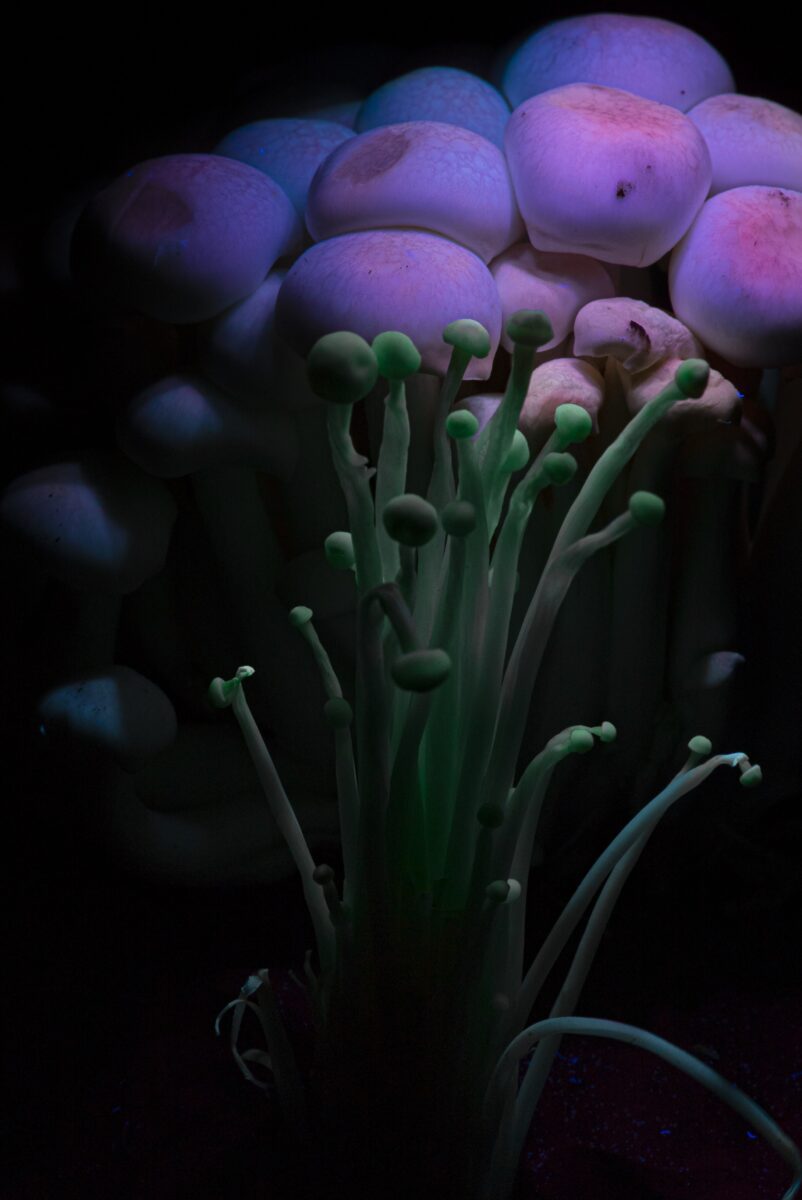
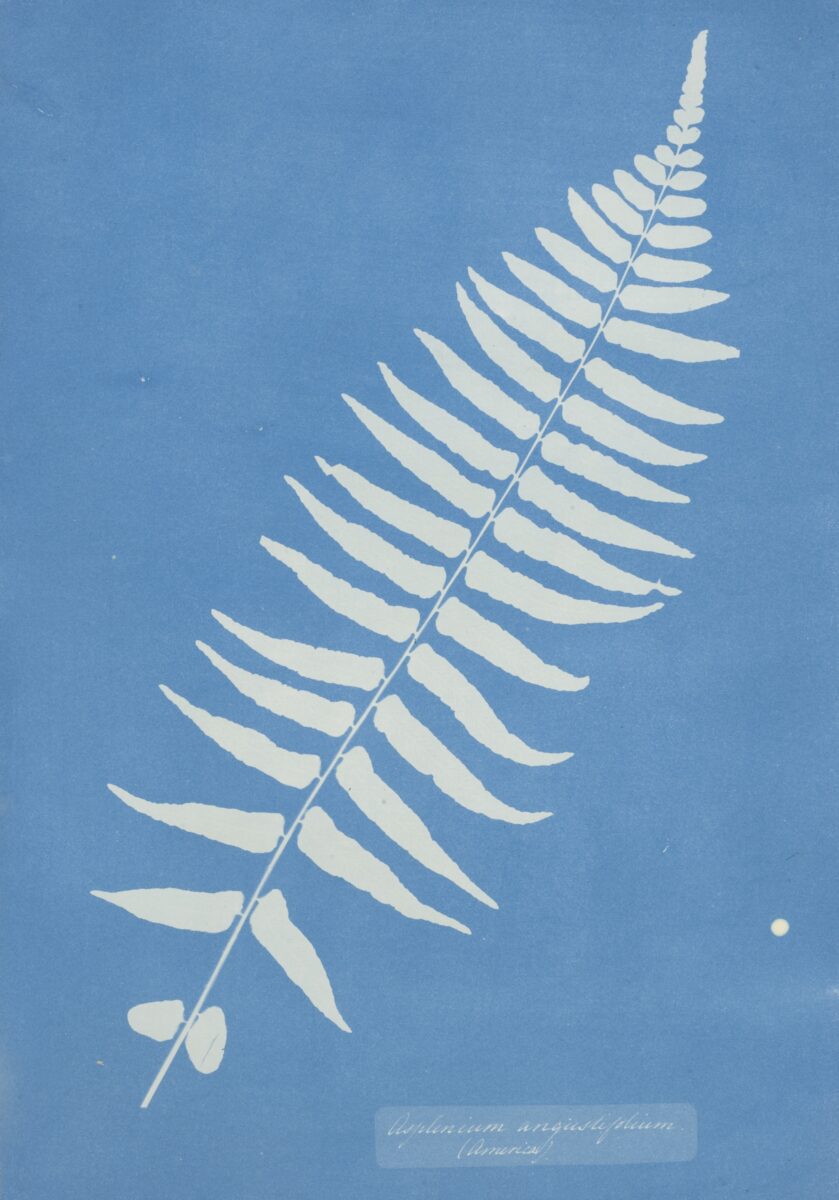
German photographer Jochen Lempert, meanwhile, offers a quiet counterpoint. His black-and-white images – often small in scale, intimate and observational – capture the fleeting correspondences between nature and perception. A branch caught in reflection, a shadow falling across a wall: his photographs register the moment when observation becomes empathy. In Lempert’s work, the line between scientific documentation and poetic contemplation dissolves; each image is an act of attentiveness.
Throughout the exhibition, photography is understood in the broadest possible sense. Works employing microscopy and AI-generated imagery expand the medium beyond the camera, into realms of data, algorithm and simulation. In one gallery, chlorophyll is rendered as circuitry; in another, roots pulse like neural networks. These images suggest that the boundary between biology and technology has always been porous, that evolution and invention might be two versions of the same story. Some installations allow plants themselves to participate in the act of image-making through sensors and responsive systems—transforming their physiological signals into visual patterns. In such works, the idea of photography as a human tool is destabilised: the plant becomes both subject and author.
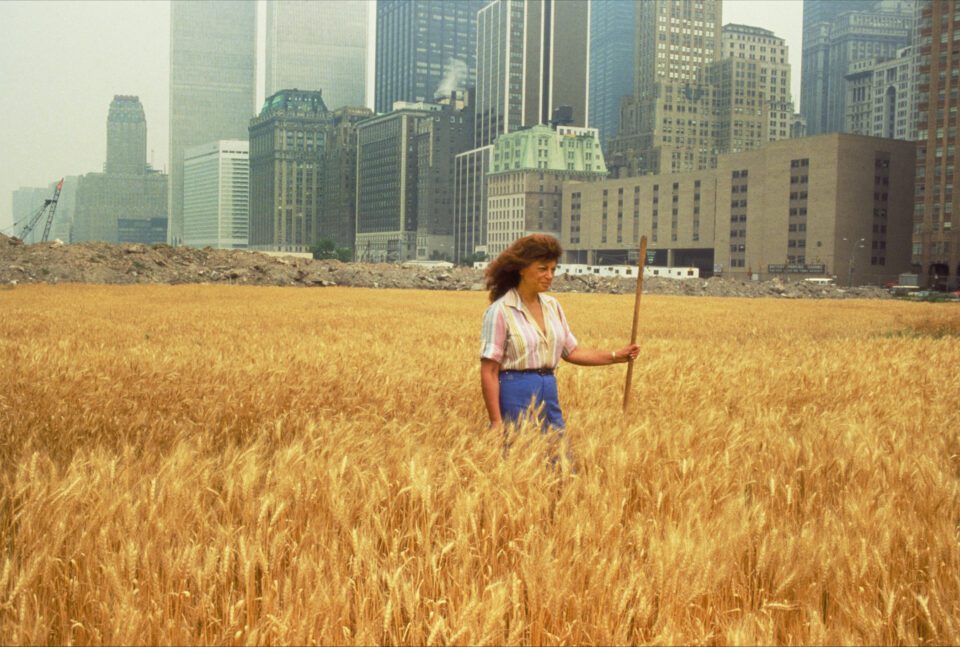
What emerges from this dialogue between science and fiction is not a simple celebration of nature’s beauty but a reconsideration of agency and coexistence. The exhibition asks us to think with plants – to imagine modes of communication and intelligence that extend beyond the human sensorium. The “non-history” of the title thus becomes a form of resistance: an undoing of anthropocentric narratives, a gesture toward shared futures that are still unwritten. Between the cyanotype and the algorithm, between the herbarium and the data cloud, Science/Fiction constructs a speculative archive of vegetal thought.
Ultimately, Science/Fiction – A Non-History of Plants offers more than an exhibition; it proposes a shift in perception. It reminds us that the green world surrounding us is not a passive environment but a living network of observers, communicators and storytellers. As one moves through the gallery, surrounded by images that shimmer between fact and fantasy, a subtle reversal takes place: it is no longer we who look at the plants, but they who seem to gaze back. In that moment, the history of photography – and perhaps the history of thought itself – feels open once again, fertile with new beginnings.
Science/Fiction – A Non-History of Plants is at Foto Arsenal Wien until 18 January: fotoarsenalwien.at
Words: Anna Müller
Image Credits:
1. Max Reichmann, Zucchini Blüte 3, Fotogramm aus dem Film Das Blumenwunder, 1926, 1h21 © Courtesy Absolut Medien.
2. Joan Fontcuberta, Giliandria escoliforcia, aus der Serie „Herbarium“, 1984, Silbergelatine-abzug, 39,6 x 30 cm © Joan Fontcuberta / ADAGP, Paris, 2025 Collection MEP, Paris.
3. Karl Blossfeldt, Delphinium. Rittersporn, 1920-1929, Silbergelatineabzug, 29,8 x 24 cm © Courtesy Galerie Berinson, Berlin.
4. Agnieszka Polska, The Book of Flowers, HD Video, 9 Min. 55 Sek., 2023 © Courtesy Georg Kargl Fine Arts, Vienna.
5. Angelica Mesiti, Over the Air and Underground (Über der Luft und unter der Erde), 2020, Video mit 5 Kanälen, 10 Audio-Mono-Kanälen, 9 Minuten, im Auftrag der Busan Biennale, 2020 © Angelica Mesiti / ADAGP, Paris, 2025 © Pierre Jouvion Courtesy Galerie Allen.
6. Anna Atkins, Asplenium angustifolium (Hirschzungenfarn), um 1852, Cyanotypie, 33 x 23 cm © Courtesy Wilson Centre for Photography.
7. A Confrontation: Battery Park Landfill, Downtown Manhattan – With Ágnes Dénes Standing in the Field, 1982, Fotografie von John McGrail, Chromogener Druck, 40 x 50cm. © Ágnes Dénes. Courtesy Leslie Tonkonow Artworks + Projects, New York.


